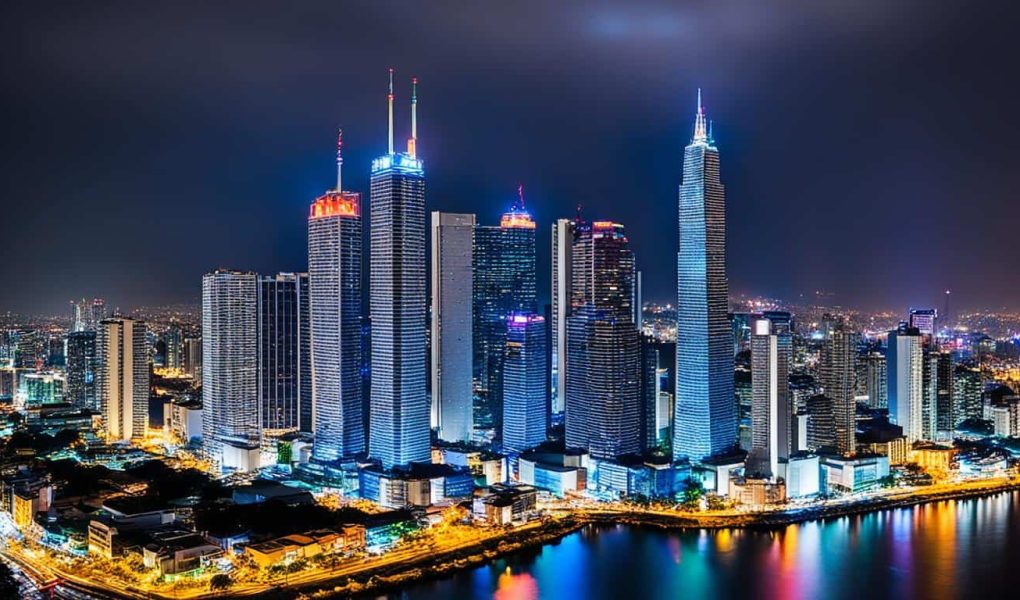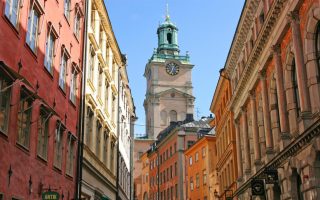iwillnotbebroken.org – Manila, the capital city of the Philippines, is a bustling metropolis that seamlessly blends the old with the new. As the country’s political, economic, and cultural hub, Manila is a melting pot of diverse traditions, modern advancements, and historical landmarks. This article delves into the heart of Manila, exploring its rich heritage, vibrant culture, and the challenges it faces as it strides into the future.
Historical Roots and Colonial Influence
Manila’s history dates back to the 16th century when it became a significant port city under Spanish colonial rule. The city’s architecture and layout still bear the marks of this era, with the historic Walled City of Intramuros serving as a testament to its colonial past. Intramuros, which means “within the walls” in Latin, is home to ancient churches, government buildings, and the iconic Fort Santiago, offering a glimpse into the city’s historical depth.
Cultural Tapestry
The city’s culture is a rich tapestry woven from the threads of its indigenous heritage, Spanish colonial influence, and American occupation. This cultural diversity is evident in the city’s festivals, cuisine, and art. The annual Binondo Food Crawl, for example, celebrates the flavors of Manila’s Chinatown, while the vibrant Feast of San Juan Bautista showcases the city’s Spanish Catholic roots.
Economic Powerhouse
Manila is the economic center of the Philippines, hosting the country’s main financial district, Makati, and the burgeoning business hub of Bonifacio Global City. These areas are home to multinational corporations, financial institutions, and startups, contributing significantly to the city’s status as one of Southeast Asia’s emerging economic powerhouses.
Challenges and Opportunities
Despite its rapid growth and development, Manila faces several challenges, including traffic congestion, pollution, and urban poverty. The city’s government is working to address these issues through infrastructure projects, public transportation improvements, and urban renewal initiatives. These efforts aim to create a more sustainable and livable city for its residents and visitors.
A City of Contrasts
Manila is a city of contrasts, where opulent skyscrapers stand beside historic churches, and bustling markets coexist with tranquil parks. It is a place where the past and present converge, offering a unique experience to those who visit or call it home.
Conclusion
Manila is more than just the capital of the Philippines; it is a city that embodies the country’s spirit. With its rich history, vibrant culture, and dynamic economy, Manila stands as a testament to the resilience and creativity of its people. As it continues to evolve, Manila remains a gateway to understanding the Philippines’ complex and fascinating identity.




